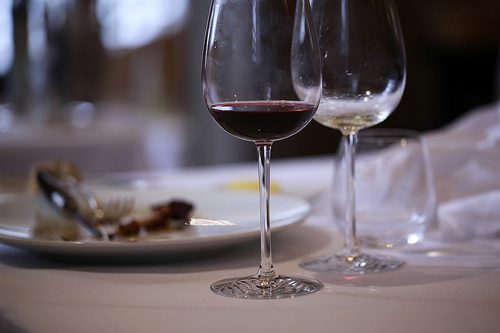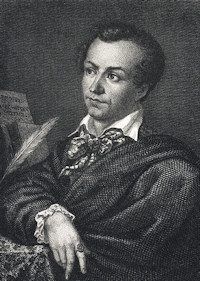A Brief History of Fine Dining
Many regard the concept of fine dining – or eating in general – as a fashion. From hunter gathering farming roots to modern scientific cooking techniques taste and flavour combinations are in a constant state of flux. While it is practically impossible to tell the full history of food, the story of haute cuisine has a more interesting narrative.

Carême, Escoffier and the early days of fine dining

Marie Antoine Carême was a self-taught chef who rose to prominence in the early 1800s with his elaborate and architectural displays of food. Carême also began to pioneer technical ideas behind food, such as menus, paring and matching of food and the idea behind textures. Nevertheless, his ideas were grandiose, even for Nineteenth-century France but he’s certainly one of the pioneering figures in the history of fine dining.
Georges-Auguste Escoffier emerged as important cularinary figure in the late 19th and early 20th century and is credited with almost codifying the essence of haute cuisine. Escoffier’s career spanned over sixty years across, and he cooked in many famous establishments, including the newly opened Savoy Hotel in London. As Escoffier rose to prominence, eating out was emerging as the pastime of the elite across Europe. He helped create simplified menus, rigid techniques and new recipes to frame this new social trend. His Le Guide culinaire published in 1903 earned him the title of “King of chefs and chef of kings”. This, and the Larousse Gastronomique, written by Prosper Montagné in 1938, shaped European fine dining for the first half of the 20th Century.
Revolution
In the 1950s, such a regimented approach to gastronomy promoted a rebellion by a group of French chefs, notably Alain Chapel, Paul Bocuse and Michel Guérard. Their concept, known as Nouvelle Cuisine, stayed faithful to the script of the past few decades, but transformed the act – new combinations of flavours and a lighter approach to cooking, specifically in sauces, which relied less and less on butter and flour. Fine dining relied ever more on the ingredients, and not just techniques.
Fine dining for the masses, and the world
This new approach, and the race for fresh, new ingredients caused the fine dining scene to explode from Europe, heading westwards to America and eventually, East, towards Asia. This globalisation of fine dining resulted in two developments in the latter half of the Twentieth Century – fusion cuisine (the combination of two or more cuisine) and the rise of mass-market, quality dining – personified by the brasserie.
A brace of chefs have grown up in the midst of the brasserie such as Daniel Boloud from France and Mark Hix from the United Kingdom, emphasising quality – and in some cases, Michelin-starred dining.
Future classics
Some modern chefs are returning to the days of Escoffier in their search for fine dining perfection such as Pierre Gagnaire or Michel Roux Junior. However, today, a new trend of molecular gastronomy has emerged, where chefs such as Heston Bluementhal will strip food down to basic chemistry to extract every possible scrap of flavour and texture, in this unending quest for culinary excellence and the next big (edible) thing.
This article was produced by corporate hospitality experts and providers Keith Prowse.
Image attribution http://www.flickr.com/photos/jenny-pics/5090231518
